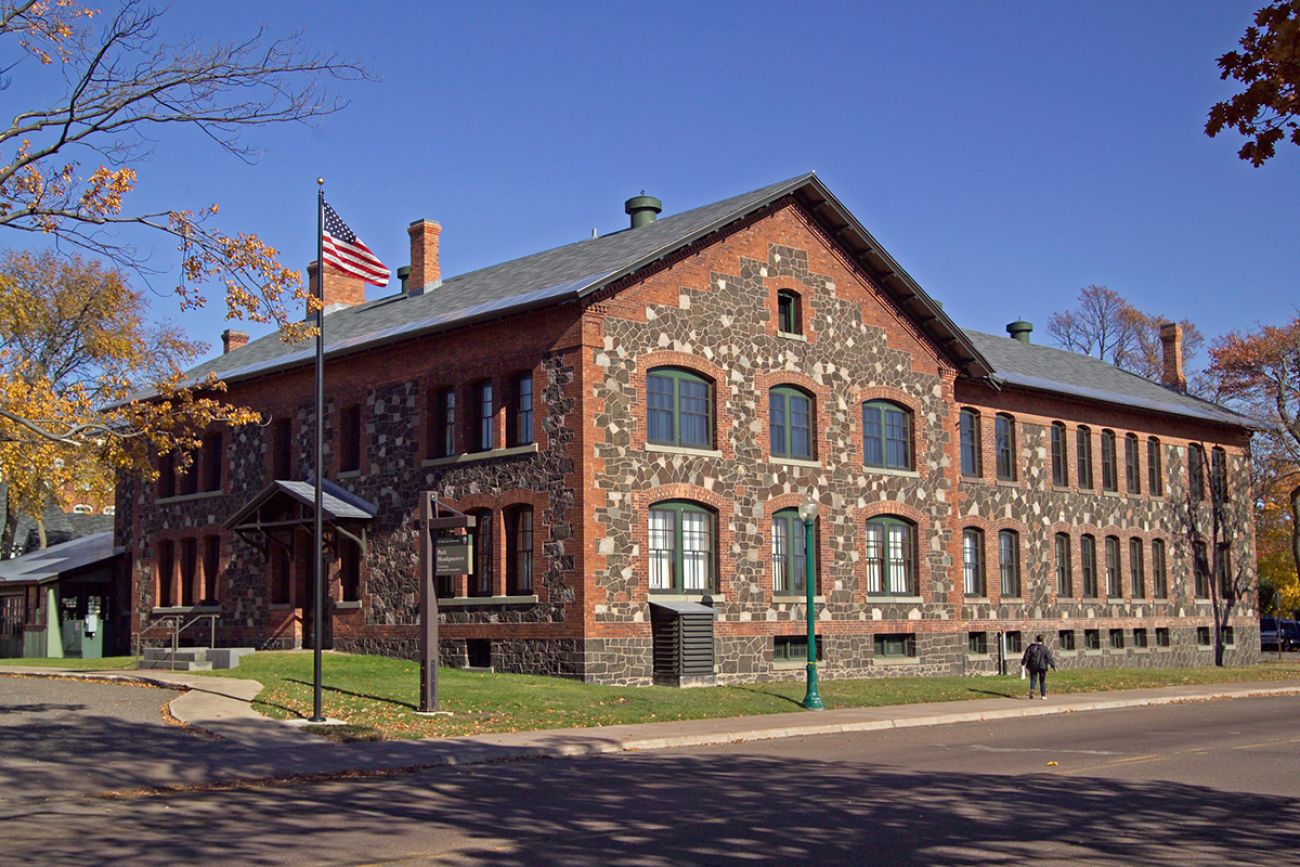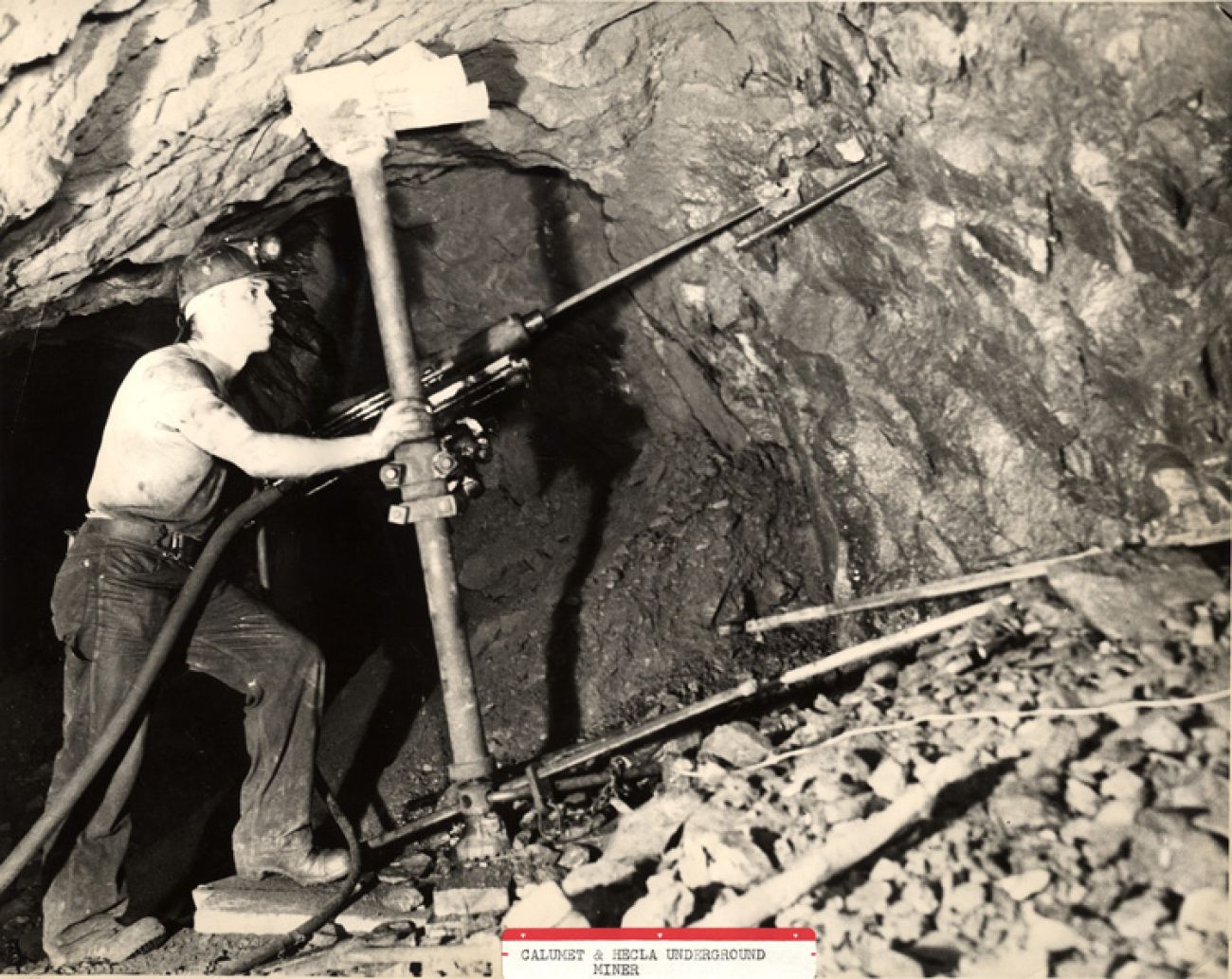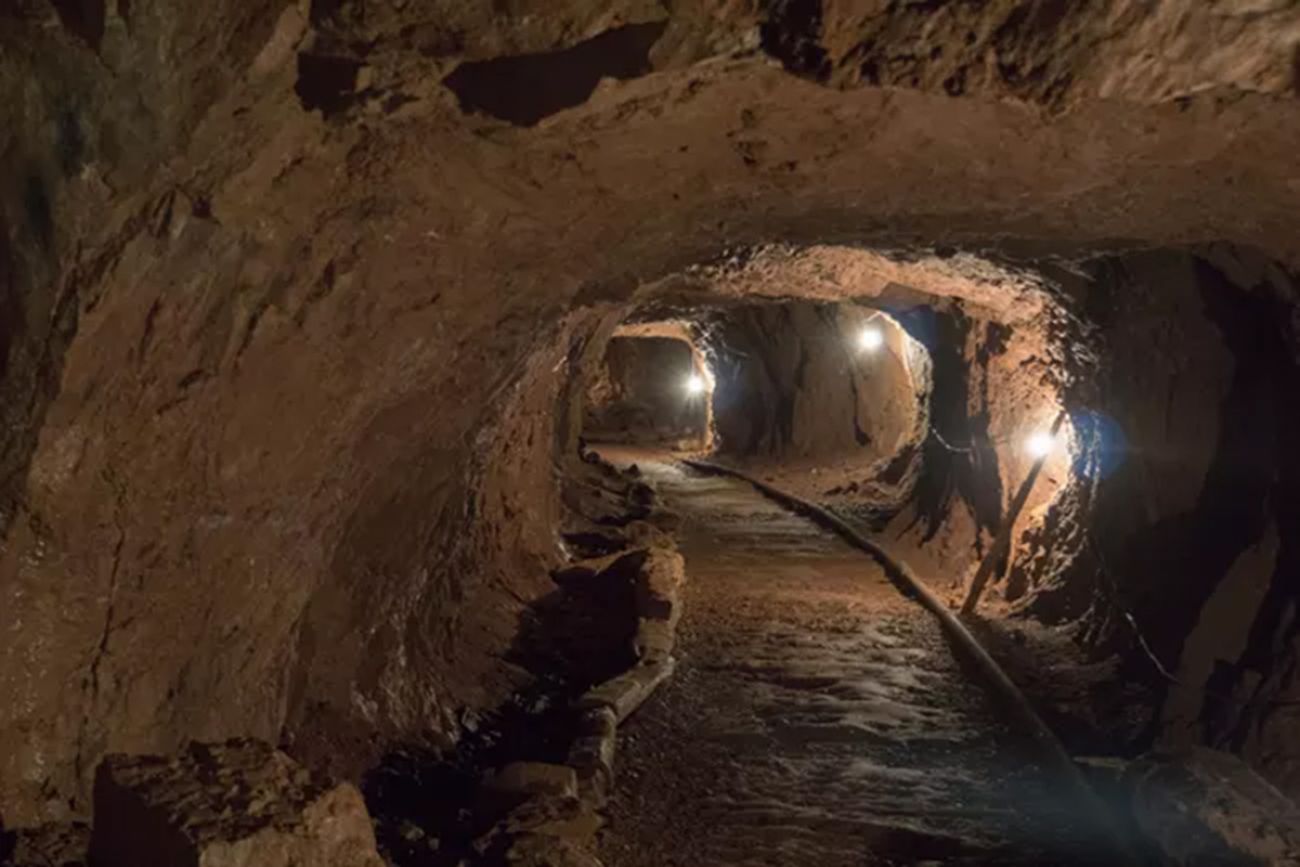Keweenaw Peninsula may become national historic area. What that would mean

- On a trip to D.C., Gov. Whitmer is lobbying to make the Keweenaw Peninsula a national historic area
- There are 62 such areas scattered across the U.S., including one in Michigan
- The designation would come with money and resources to preserve the region’s copper mining history
Gov. Gretchen Whitmer is in Washington this week, stumping for more federal investment in Michigan.
Among her goals: Getting money and recognition for the Keweenaw Peninsula’s copper mining heritage, which could free federal funds for the area.
Whitmer’s office announced Tuesday that she plans to visit the U.S. Department of the Interior to advocate for the Keweenaw to become a national heritage area, a federal designation that comes with money and other benefits.
The release from Whitmer’s office said a heritage area designation for the northwestern Upper Peninsula region would highlight land conservation efforts “as well as the area’s historical heritage in copper and its lasting impact on the region’s tourism and education industries.”

What is a natural heritage area?
The National Parks Service, which oversees them, describes national heritage areas as “places where historic, cultural, and natural resources combine to form cohesive, nationally important landscapes.”
Related:
- Nonprofit buys 31,000 forested acres by Copper Harbor to keep land public
- In tiny Copper Harbor, a mountain biking boom causes growing pains
- Land sale threatens public access in the U.P. Should the state step in?
- Michigan pauses $50M investment to bring back copper mining to Upper Peninsula
Unlike publicly owned land masses such as national parks or forests, national heritage areas are often collections of significant sites, many of them privately owned, often spread out over an entire region. They’re celebrations of human interactions with the landscape, rather than preserves meant to protect land from human development.
The first national heritage area, designated in 1984, is the Illinois and Michigan Canal National Heritage Area in Illinois. There are now 62 of them spread across 36 states, and the NPS is considering adding others.
What’s so special about the Keweenaw?
For thousands of years, copper mining has been a fundamental part of life and commerce in the Keweenaw, which juts out into Lake Superior in the western U.P.
“People have been developing relationships with this landscape for 8,000 years,” said Sarah Fayen Scarlett, an associate professor of history at Michigan Technological University who specializes in the culture and history of the Keweenaw.
Native Americans were the first to mine copper there, and the region is still dotted with thousands of ancient mining pits and more modern sites left behind after the commercial mining rush of the late-1800s to mid-1900s.
At one point, the Keweenaw’s Calumet and Hecla Mining Co. accounted for more than half of the nation’s copper production. Mining jobs brought a wave of immigrant workers to the region, particularly from Finland. Today, the Keweenaw Peninsula remains a hub of Finnish-American culture.
At the height of the mining era, the village now known as Calumet had a population density similar to present-day Manhattan, with some 35,000 people living within walking distance of downtown. Calumet now has a population of just 621, but the village’s ornate downtown buildings offer a reminder of its bustling past.
In recent years, Keweenaw residents have teamed with The Nature Conservancy to prevent a hedge fund from parceling off tens of thousands of acres of land once used for copper mining and logging. Those involved are now planning for the land’s future, including how to preserve its cultural history.
The region’s mining heritage, Fayen Scarlett said, “is continuing to impact our relationships, both with each other, but also with this place that we share.”

Does Michigan have any other heritage areas?
Yes, one.
The MotorCities National Heritage Area, established in 1998, is headquartered in Detroit and includes more than 1,200 sites across 16 Michigan counties. Its mission is to celebrate the automobile industry’s role in Michigan.
“The idea is that you have a story that’s so significant, it rises to the level of national recognition,” said Brian Yopp, deputy director of the MotorCities National Heritage Area.
The heritage area’s website boasts that it “links the world’s largest collection of cultural and labor organizations, museums, archives, factories, auto collections and events to preserve the story of how tinkerers became titans and how auto and labor helped build the middle class while transforming manufacturing worldwide.”
Heritage-area sites include the Henry Ford Museum of American Innovation in Dearborn, the Sloan Museum in Flint, and the R.E. Olds Transportation Museum in Lansing.
Beyond symbolism, what are the benefits?
Perhaps the most obvious benefit is financial. In a release announcing her lobbying trip to D.C., Whitmer’s office said a heritage area designation would “unleash hundreds of thousands of dollars in federal investment.”
Heritage areas receive annual federal appropriations that typically range between $150,000 and $750,000 per site.
Beyond that, the parks service provides technical and planning advice for the local organizations that oversee national heritage areas. And the existence of a heritage area can help attract outside funding from foundations and private donors.
There are also economic benefits to the broader community, mostly stemming from tourism to heritage areas. A 2015 study found that Michigan’s MotorCities heritage area generates nearly $229 million in direct economic impact and supports 3,251 direct jobs.
What does it take to get a designation?
A new federal law.
National heritage areas are created through acts of Congress, often after a feasibility study by the National Parks Service. The process typically takes years.
When studying an area for heritage-area designation, the parks service considers whether it represents a special aspect of U.S. heritage and provides opportunities for recreation and education.
From that perspective, Fayen Scarlett said, the Keweenaw “certainly is deserving.”
Each heritage area also needs a local nonprofit or other entity to oversee it.
What else is Whitmer doing in D.C.?
Whitmer plans to meet with the Department of Defense to talk about the Uncrewed Triple Challenge, a competition in which participants try to use autonomous drones to carry packages across the northern Lower Peninsula. Whitmer wants the department to participate in the event.
Whitmer offered few other details about her itinerary. But in general, her office said she is pitching Michigan for federal investment in “economic and workforce development, innovation, and cross-border cooperation.”
“I am excited to work with allies in our congressional delegation and my cabinet to win more investments, create more jobs, and revitalize more communities back home in Michigan,” she said in a statement.
Michigan Environment Watch
Michigan Environment Watch examines how public policy, industry, and other factors interact with the state’s trove of natural resources.
- See full coverage
- Subscribe
- Share tips and questions with Bridge environment reporter Kelly House
Michigan Environment Watch is made possible by generous financial support from:
Our generous Environment Watch underwriters encourage Bridge Michigan readers to also support civic journalism by becoming Bridge members. Please consider joining today.
See what new members are saying about why they donated to Bridge Michigan:
- “In order for this information to be accurate and unbiased it must be underwritten by its readers, not by special interests.” - Larry S.
- “Not many other media sources report on the topics Bridge does.” - Susan B.
- “Your journalism is outstanding and rare these days.” - Mark S.
If you want to ensure the future of nonpartisan, nonprofit Michigan journalism, please become a member today. You, too, will be asked why you donated and maybe we'll feature your quote next time!






